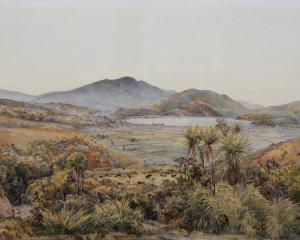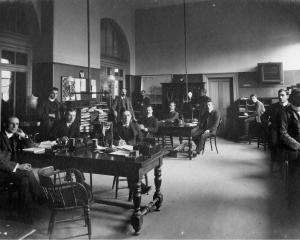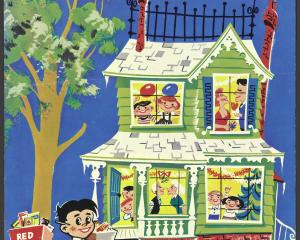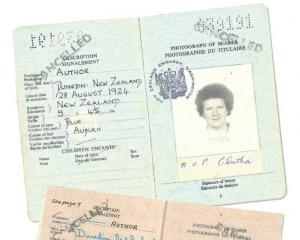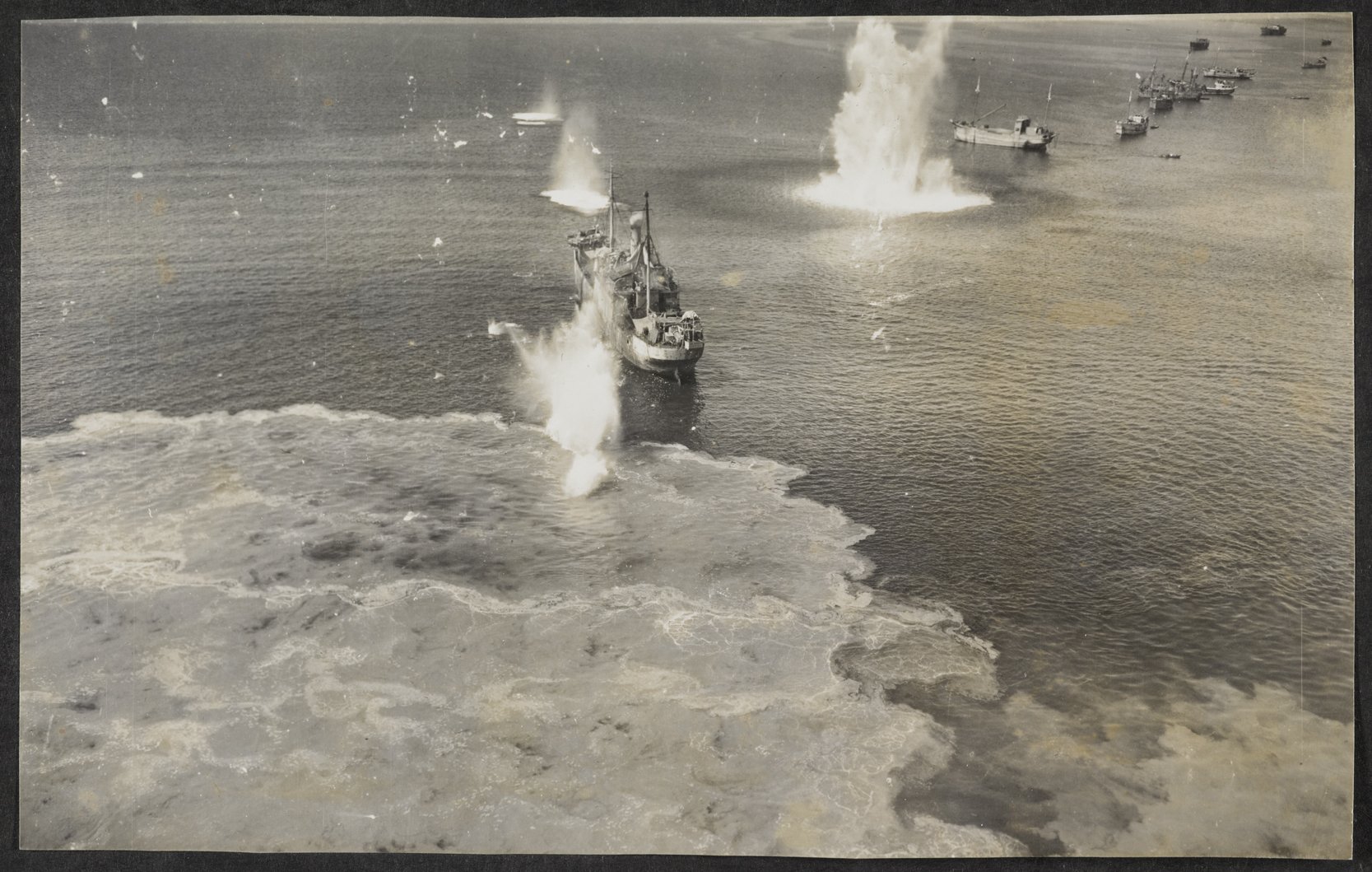
Among the riches left behind by scientist, soldier and photographer Robert Sidney Unwin is a photographic album full of enlightening images documenting his time in the Pacific during World War 2 as a radar specialist.
It is a true marvel to have such an impressive album, so beautifully put together, and so diligently labelled.
Some pictures capture the destruction of the environment in World War 2, actions that devastated the lives of the residents who call the Pacific home.
The album contains several aerial photographs of bombs detonating in the Pacific Ocean, taken while dodging battleships around Borneo in 1945. There are also images of a downed aircraft, shot of the the sky.
There are striking group photographs of both New Zealand radar specialists and members of the United States 13th Air Force gathered inside and outside their tents, officer clubs, and other facilities.

Unwin provides an eye-opening window on the reality faced by those living in the Pacific with a series of "before" and "after" photographs. These images record Manila, in the Philippines, before the city became a battleground, followed by images of the aftermath of the Battle of Manila, taken in October 1945.
ROBERT SIDNEY UNWIN 1918-1996
After growing up in Timaru in the years after World War1, Unwin completed a bachelor of science degree at the University of Canterbury in 1939. He later completed a doctorate, in 1982. In 1940 Unwin studied radar at the university before joining the Radio Development Laboratory (RDL) established in Wellington.
During World War 2 Unwin trained personnel in the operation of radar. Newly promoted as an officer, Unwin joined the radar surveillance and counter-measures group in New Caledonia working with the United States 13th Air Force, in 1943.
As the war moved across the Pacific, Unwin was stationed at New Guinea, the Philippines and Guadalcanal.
After the war, in 1946 he led a team of 40 people to work on the "Canterbury Project", which aimed to study radio propagation across the Canterbury Plains.
In the early 1950s Unwin travelled to the United Kingdom to write up the results, returning to New Zealand in 1953 where he joined the Dominion Physical Laboratory, in Wellington.

Unwin was awarded several honours, including the New Zealand Geophysics Prize (jointly with Fred Knox) and the Royal Society of New Zealand E.R. Cooper Medal for research.
Unwin’s album and personal papers were donated by his son Martin in 2002, and can be found by searching AG-989/001 on the Hocken Collections database, Hakena.
Jennifer Jeffery is a collection assistant - archives, Hocken Collections.







